Eco friendly gardening is about cutting waste and making better use of what you already have. These changes don’t take much effort, and the reward is a garden that works better for you and for the environment. Here’s what works in practice.
10 Eco Friendly Gardening to Get Started
These tips will help you keep your garden green in every sense:
Plant some trees
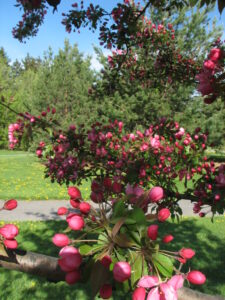
A tree locks in carbon, gives you shade, and creates shelter for birds and insects. A medium garden can take a rowan or birch; if smaller, crab apple is easier to manage. You don’t need a whole row of them to see the benefits. Even one can cool down a sunny corner, cut the wind, and save you watering time.
Favour native plants
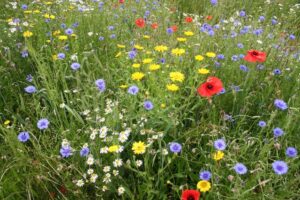
(Image Credit: Wikimedia Commons)
Local plants already know how to handle your soil and weather. One example is a wildflower mix to fill gaps in your garden, as well as pull in bees and butterflies—a win-win! Shrubs like hawthorn or dogwood are hardy and give shelter to birds. If you want colour, look at foxglove or primrose.
With native plants, you do less maintenance and more time enjoying the garden.
Grow your own food
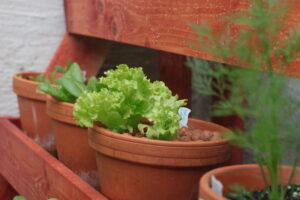
You don’t need a big garden to start. A few pots of lettuce or herbs on the patio will already save you buying them in plastic packs. If you’ve got a bit more space, tomatoes, beans, or courgettes can give you regular harvests.
Fruit bushes like raspberries or blackcurrants are worth it, too. Plant them once and they’ll keep producing for years. Even one or two crops can cut what you spend at the shop and give you fresher food at home.
Install a green roof on your shed
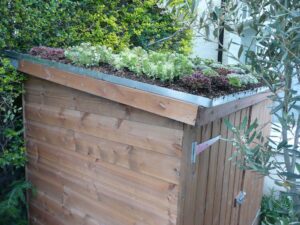
A green roof will slow rainwater run-off, add insulation, and give space for wildlife. There are a few ways you can set this up. The simplest is a sedum mat, which comes ready to roll out and doesn’t need much soil or care.
If your shed roof is strong, you could go for a deeper layer with wildflowers, low grasses, or herbs. Some use trays or modules that slot together to make lifting and swapping plants easier.
Always check your shed’s weight-bearing limits before installing a green roof. Some sheds may require additional reinforcement.
Learn how to compost
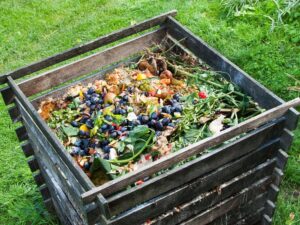
Composting is one of the easiest ways to cut waste and improve your soil at the same time. A simple bin or even a corner of the garden will do. Start with vegetable peelings, fruit cores, tea bags, coffee grounds, and garden cuttings. Avoid cooked food, meat, and dairy because they attract pests.
A good compost heap has a balance of “greens” and “browns.” Greens are your fresh scraps and clippings. Browns are things like cardboard, shredded paper, and dry leaves.
Mix the two to stop the pile from turning slimy and break down faster. Turn the heap regularly to let air in, and it will turn into compost you can spread on beds or use as mulch over time.
Go organic
Chemical sprays kill pests fast but also take out the insects your garden needs. Go for soap and water solution instead—it clears aphids off leave. Beer traps deal with slugs, while copper tape keeps them away from pots. And why not invite ladybirds and birds? They’ll do their share of pest control.
For feeding, stick to organic fertilisers or use what you already have. Compost, seaweed meal, and manure all add goodness to the soil without stripping it.
Use homemade fertilisers
Nettle tea is a good all-rounder. Fill a bucket with chopped nettles, cover with water, and leave it for a couple of weeks. Strain it and dilute before pouring it around plants.
Comfrey works the same way but gives more potassium, which helps with flowers and fruit. If you have a compost bin, the liquid that drains from it can be watered down and used as a feed. You can also use crushed eggshells for calcium and cooled veg water for extra nutrients.
Create wildlife shelters
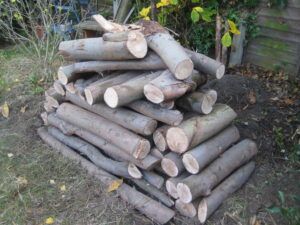
Wildlife needs safe spots to feed and rest, and you can make them without much effort. A log pile in a corner will bring in beetles, frogs, and hedgehogs. A bundle of hollow canes tied together works as a bug hotel for solitary bees.
A bird box on a fence can also give small birds a place to nest. Even leaving a few stones stacked in a shady spot can help amphibians keep cool in summer.
Leave a part of your lawn uncut
You don’t need to leave the whole lawn—just a corner or a strip along a fence works. Bees and butterflies will use the flowers that appear. Small mammals like hedgehogs or voles find shelter in the taller grass. Over a few weeks, you’ll start to notice insects, frogs, or even birds visiting more often.
You can also add a few wildflowers or native grasses to that patch. They’ll attract more pollinators and provide seeds for birds. It’s a simple way to make part of your garden self-sustaining.
Go peat-free
Pick compost that says peat-free on the label. It protects bogs and keeps carbon locked in the ground. Alternatives like coir, bark, or wood fibre do the same job for your plants. You can start by swapping one bag at a time and see how your plants respond.
Gardening with Plants that Absorb CO2
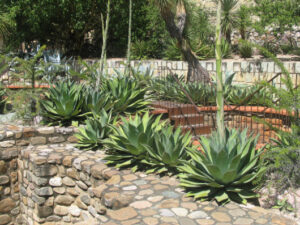
(Image Credit: Wikimedia Commons)
Some plants take in more carbon than others, and you can use that to reduce your garden’s impact. Agave, succulents, and cacti are worth considering. They store carbon in their thick leaves and survive in dry conditions.
A greenhouse is a good place for them because you can keep the temperature steady and use less water. Put a few in pots alongside your regular plants or in corners. Other options include willow or poplar, which absorb more CO2 as they grow.
Combine them with compost and peat-free soil, and your greenhouse pulls double duty!
If you want to reduce your impact on the environment, your garden is a good place to start. Implementing just a few small changes is enough to make a big difference. Not only when it comes to local wildlife, but also to the environment around you.
Maximise your garden’s potential with these tips: How to Make Money from Your Garden


